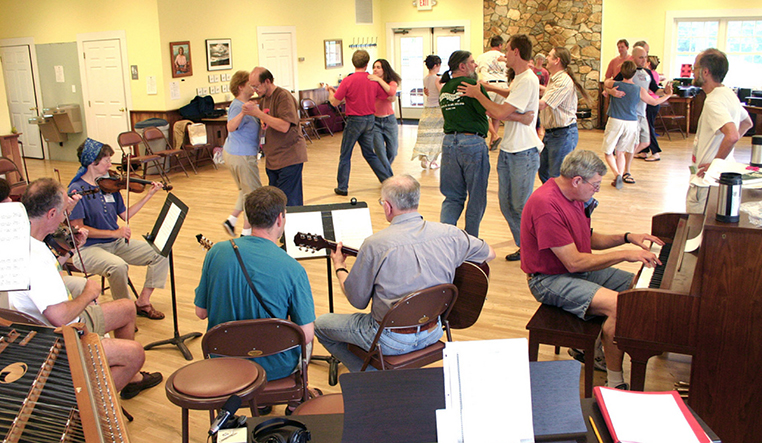
09 Apr The Way It Is, Is the Reason I Started Doing This Stuff in the First Place: Dance Musicians Week
In 2001, I received a message from Bob Dalsemer asking if I would join the instructor team for Dance Musicians Week at the John C. Campbell Folk School. Lifelong mentor, fiddler, caller and instructor extraordinaire David Kaynor had thrown my name out to Bob, the music and dance coordinator at the school at the time. At that point I was living in Western Massachusetts playing with David and the Greenfield Dance Band and had been devoting much of my time to being a touring singer songwriter. I had been in the contra dance scene picking tunes for about a decade. My musical influences were a woven patchwork of the folks that had surrounded me growing up in New York—Jay Unger, Lyn Hardy, Molly Mason, Sonny Ochs, Pete Seeger. Being born into a family of activists and labor organizers, community was most important and music was (and is) the vehicle and the glue that tied it all together. We were raised to believe that music and dance for music and dance’s sake is not enough. Community first.
“Sing behind the plow!” is one of the great mottos of the John C. Campbell Folk School. Upon first look into the Folk School it seemed to be a kind of Brigadoon, a place stuck in time. Of course, I mean that in the best way. At that point in my life I was lamenting the waning of “community” in “community dance” and was excited to see a place nestled in the far west mountains of North Carolina, founded in the 1920s by the grandmother of the twentieth-century folk music revival, Olive Dame Campbell. Mrs. Campbell based the philosophy of the Folk School on the Danish tradition of folkenhojskolen which aims to foster culture and tradition through noncompetitive adult education—metalwork, quilting, woodwork, photography, cooking—happening alongside a rich tradition of music and dance, with folks from the surrounding Brasstown community invited to weekly concerts and dances and given special admittance into classes. I heard a student once comment “This place is like a kind of Whoville!” referencing the idealistic village from How the Grinch Stole Christmas. This is exemplified best by the very fact that each dance ends with a short goodnight song, sung with hands joined in a circle. The facilities are surrounded by hills, rivers, lush gardens, outdoor folky sculptures and paths through the woods. Best of all, the dancers are not contra “dancers”—they are mostly just folks from the community. Their gauge of a great experience is more based on who they got to see that night, not how slick the floor was or what tempo the band had played. I had found my place, or maybe the place found me!
This July will be my thirteenth and Dance Musicians Week’s twentieth (!) year. Since 1994 the staff has included Larry Unger, John Krumm, David Kaynor, Bob Pasquarello, Susan Conger, Sue Songer, Naomi Morse, Susie Secco, and myself among others. Over the course of the week, the instructors (two fiddlers, a picker and a piano player) corral up to thirty-plus students in large group activities (dancing, discussions, jams), small group coachings, and individual lessons. Every day ends with a contra dance, at the beginning played for by the instructors, and by the end of the week almost exclusively by the students. Students are assembled into bands where they prepare a set of music (or four!) to play for the boisterous evening dances. The joyous and refreshingly simpler feeling of the week is also fed by the very fact that very few class participants are “insiders” in the dance scene. Sometimes students come to the week never having danced, or only having played a few tunes on the porch. On the other hand, we’ve had stellar jazz or bluegrass pickers, professional classical players and many who could belt out an old gospel hymn. Sometimes they’re back for their tenth year; many levels of players support one another. Just like a CDSS week, this is THE great accomplishment.
Ultimately what DMW does is tie together, in a neat little package, the marvelous culture of Brasstown, North Carolina. The Folk School and the week bring different ages, backgrounds and tastes together. I have seen hesitant men, women and couples there for quilting or Windsor Chair Making become lifelong contra dancers because of the evening dances. Craft instructors come back to take our class, and suddenly someone I knew as a master woodworker is a great bass player too! If all the world was like the Folk School, no one would hesitate to try something new, help a fellow friend, and respect the beauty that we create together. If all the dance world was like Dance Musicians Week, there would be more people dancing and playing this stuff!
There are many camp experiences that offer instruction, dancing and a wonderful time. Of course I love all of the dance weeks and weekends that I have been fortunate to be a part of. The Folk School is just a bit more special as it rekindles some of my formative and warm childhood memories. Being in the Hudson Valley in the 1970s I danced and sang for the love of family and community at a political function or a Sloop Clearwater meeting with Jay, Lyn, Pete, the Hudson River Sloop Singers, etc. Art, craft, music and dance for its own sake was useless unless it bound the community together. The John C. Campbell Folk School remembers what it’s all about. After twenty great years, David Kaynor, Sue Songer, Naomi Morse and I try our hardest to uphold the doctrine of Olive Dame Campbell at Dance Musicians Week. Come join us sometime!
————————————————————————–
We celebrate the 20th anniversary of Dance Musicians Week this summer. DMW is a fun-filled class devoted to learning and improving techniques of playing and arranging music for traditional contra, square, and couple dancing. It is a magical summer week where spontaneous dance bands serenade classes and Dining Hall porch lines. Extra evening dances make happy musicians and happy students. Peter Siegel originally wrote the wonderful article above for the Country Dance and Song Society News, Winter 2013-14. Register for Dance Musicians Week July 6-11.
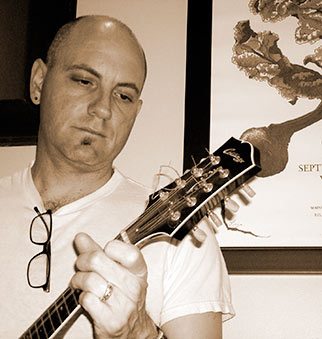 Peter Siegel is an award-winning singer songwriter and player of traditional tunes from around the world. He has recorded extensively, most recently on Pete Seeger’s Grammy award winning CD “Tomorrow’s Children.” His songs, tunes and musings have been published in various places over the years including Sing Out! magazine, and the Portland Collection. Most important to Peter, he’s currently a Vermonter, a music teacher and father of Zinnia and Case Siegel. Visit Peter’s website.
Peter Siegel is an award-winning singer songwriter and player of traditional tunes from around the world. He has recorded extensively, most recently on Pete Seeger’s Grammy award winning CD “Tomorrow’s Children.” His songs, tunes and musings have been published in various places over the years including Sing Out! magazine, and the Portland Collection. Most important to Peter, he’s currently a Vermonter, a music teacher and father of Zinnia and Case Siegel. Visit Peter’s website.




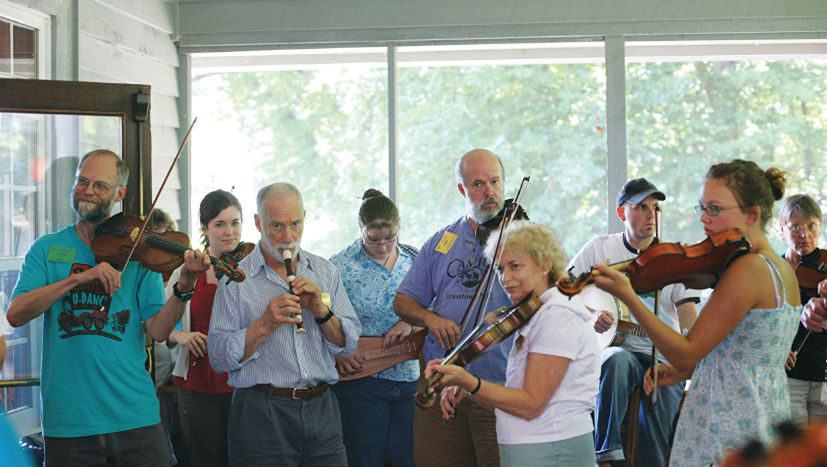
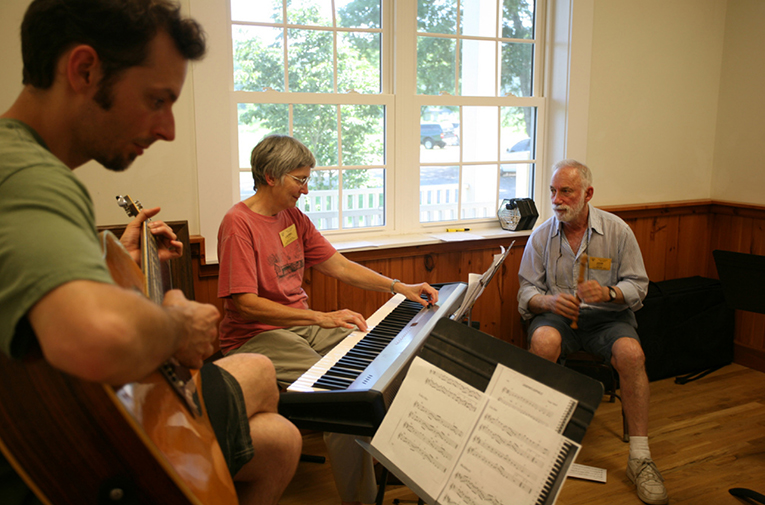
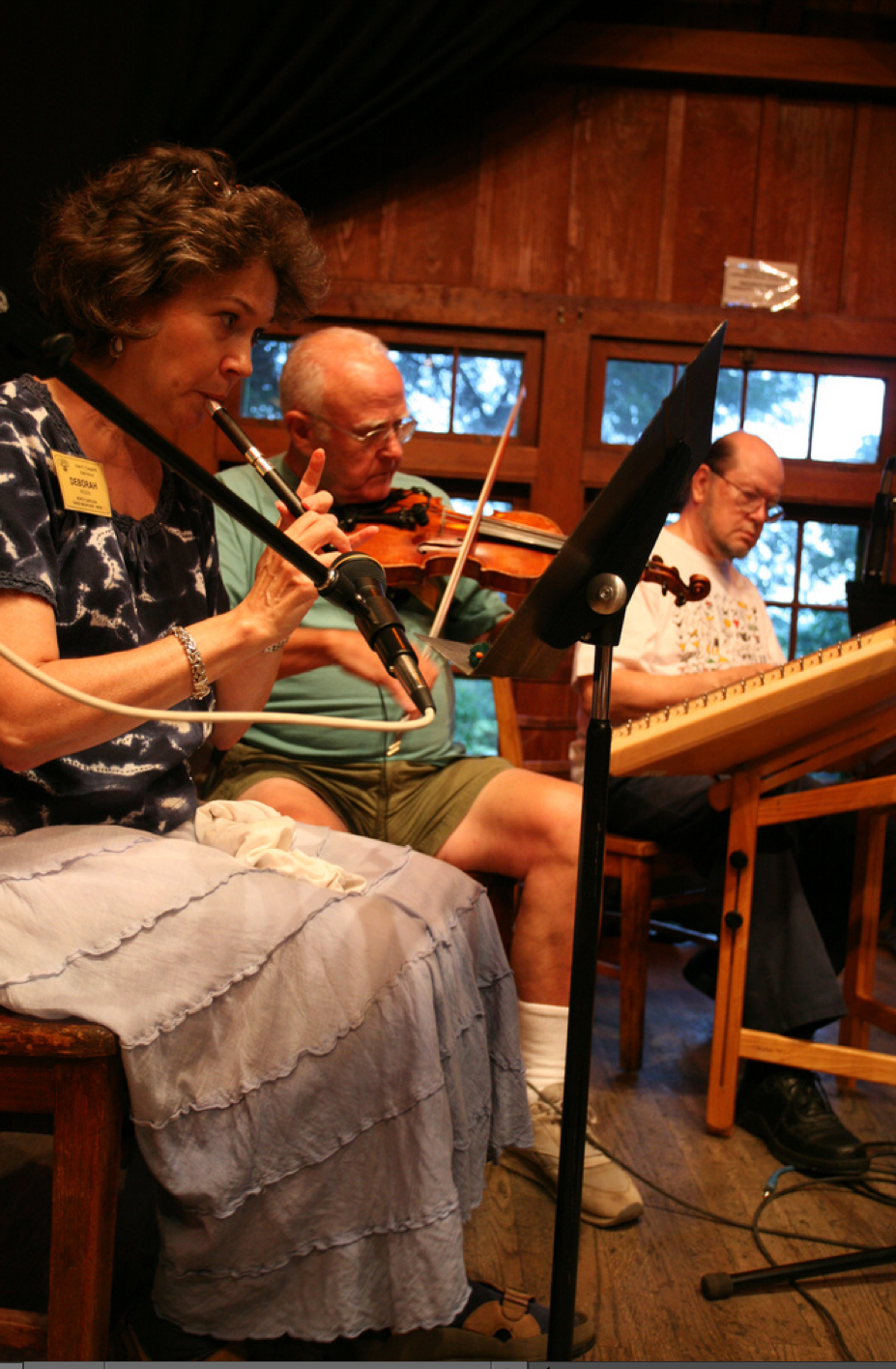
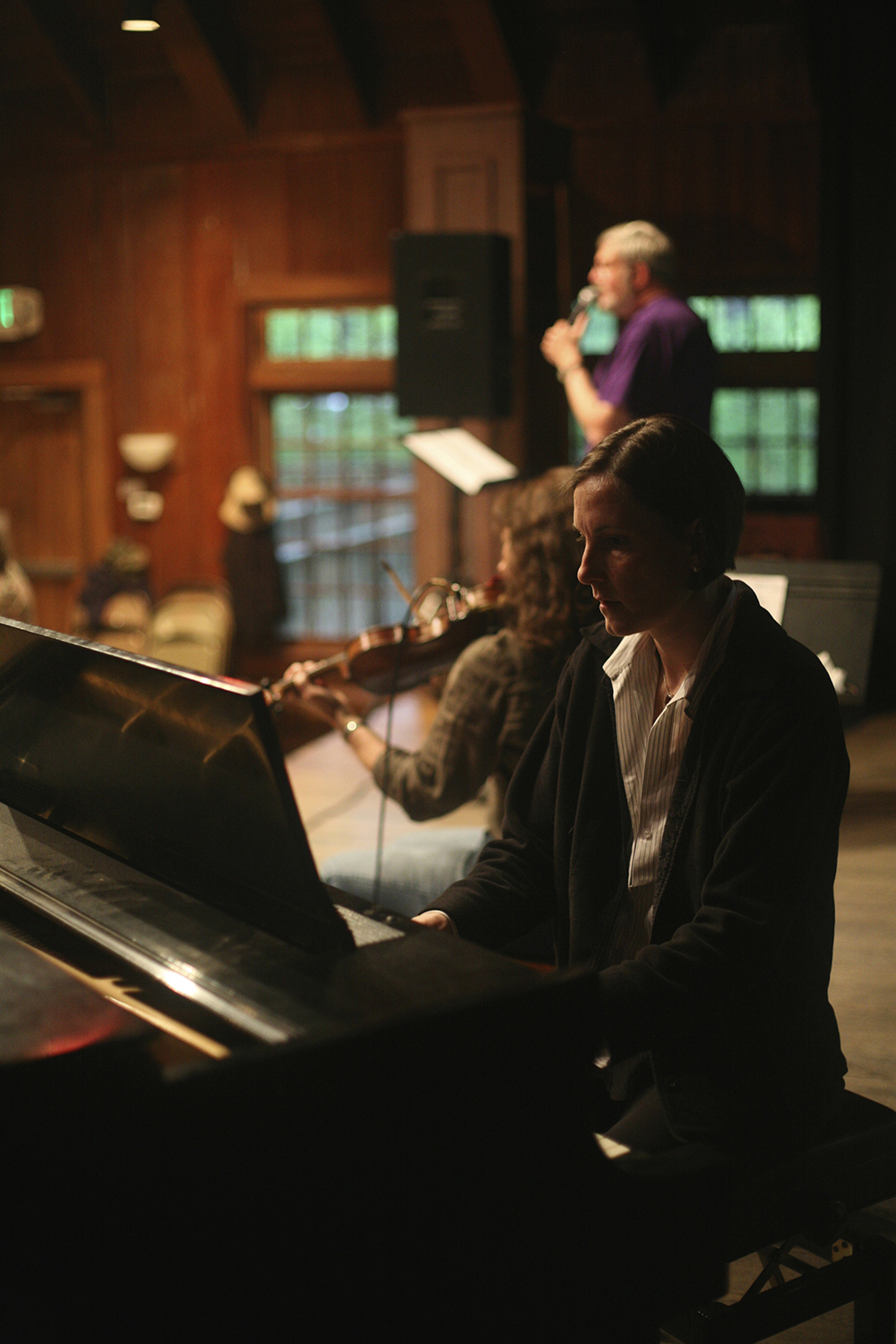
No Comments